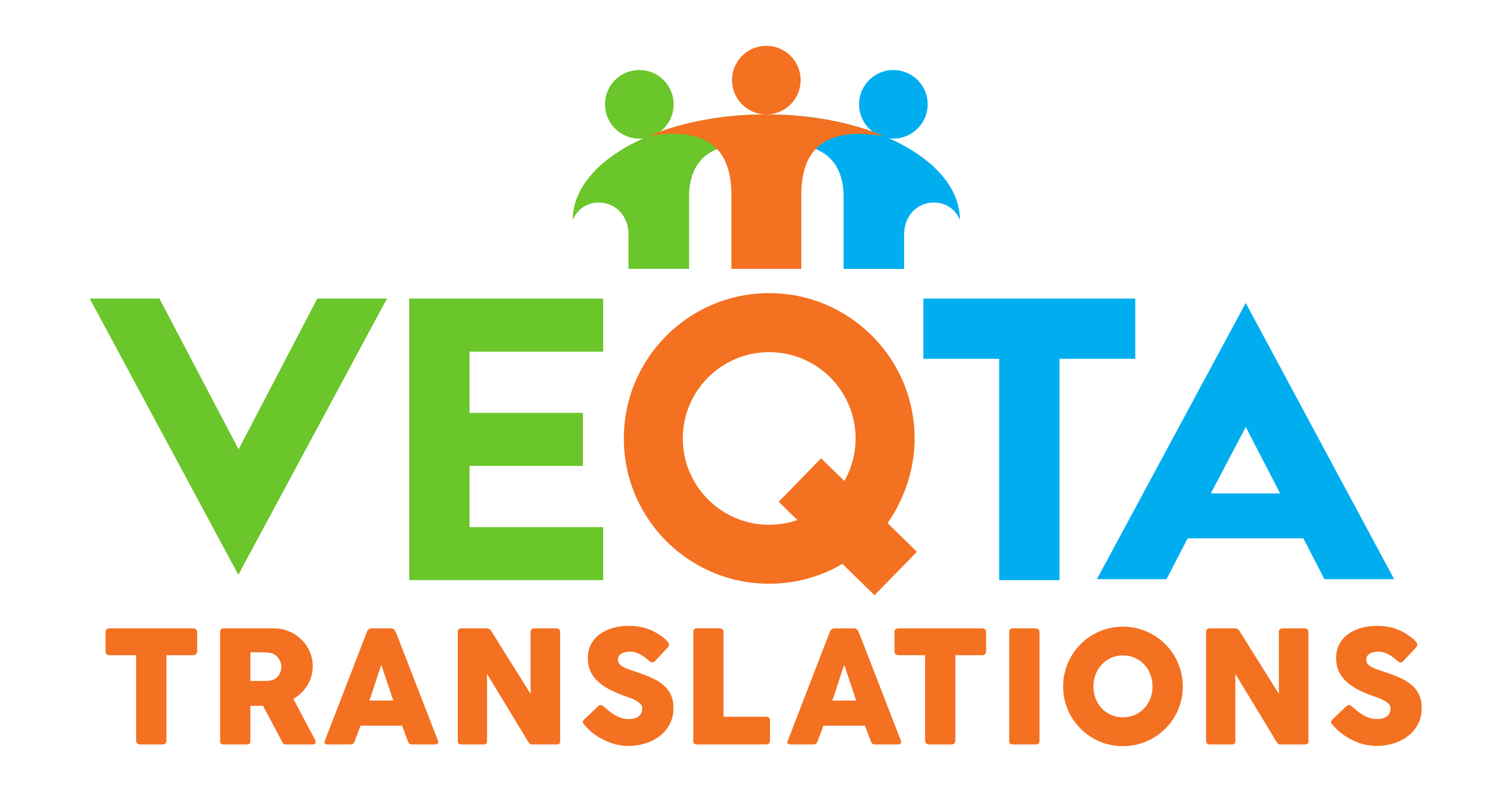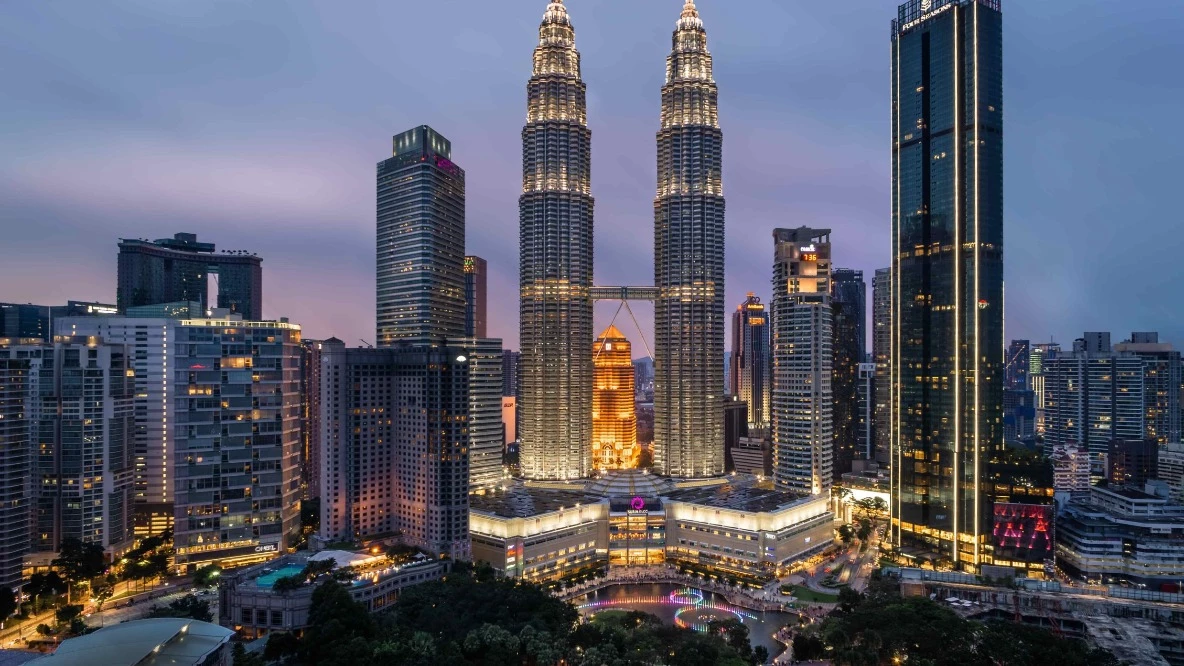Tourism isn’t just about destinations—it’s about storytelling. For Tourism Malaysia, every English translation of a campaign, brochure, or tagline shapes how travelers see the country. Malaysian to English localization|translation here doesn’t just describe places—it sells experiences.
Let’s explore how these linguistic bridges influence perception, emotion, and traveler decisions.
1. The Power of Taglines
Phrases like “Truly Asia” became iconic because they translate the *essence* of Malaysia’s diversity into a simple emotional cue. The original Malay equivalent, “Malaysia, Asia Sebenar,” carries cultural authenticity, but the English version was refined for rhythm and memorability—proof that effective localization distills rather than duplicates.
2. Translating Destination Names and Descriptions
When translating tourism materials, even place names can be sensitive. Some cultural locations, like “Kampung Baru” or “Pasar Seni,” are better left untranslated, while others may need descriptive add-ons (“Batu Caves Hindu Temple Complex”) for clarity.
Localization tip: Balance familiarity with authenticity—never overtranslate cultural heritage.
3. Visual Storytelling through Language
Tourism Malaysia uses poetic Malay expressions—like “keindahan semula jadi” (natural beauty)—that sound overly formal when directly translated. Skilled translators adapt these to immersive English phrases like “where nature paints its masterpiece.”
The emotional bridge is built through imagery, not vocabulary.
4. Sustainability Messaging
Recent campaigns highlight eco-tourism. Translating Malay environmental slogans into English requires tact to sound inspiring rather than moralizing. “Jaga Alam Kita” becomes “Preserve Our Nature,” which feels inclusive and aspirational to English-speaking audiences.
5. The Voice of Culture
Tourism content also embodies politeness, a central element of Malaysian hospitality. Literal translations can lose this warmth. Instead of “Please obey the rules,” a localized version might say, “We kindly ask for your cooperation.” Tone defines cultural identity.
The Global Impact of Localization
Malaysia’s tourism success isn’t just due to scenic beauty—it’s due to storytelling that speaks globally. Every English translation transforms local charm into international appeal without erasing identity. When done right, localization turns brochures into invitations and slogans into memories.
Conclusion
Tourism Malaysia’s English translations prove that words are ambassadors. Through effective Malaysian to English localization|translation, Malaysia presents itself as both authentic and accessible. Translators here aren’t merely adapting text—they’re curating perception, connecting travelers to culture before they even arrive.
FAQs
Q1: Why does translation matter in tourism?
Because language shapes traveler emotion and destination perception.
Q2: Should place names be translated?
Only when necessary for clarity; otherwise, keep original names for authenticity.
Q3: How can tone influence tourism messaging?
Warm, inviting tone reflects cultural hospitality better than direct commands.
Q4: What makes Malaysia’s tourism localization stand out?
Its mix of poetic imagery, simplicity, and deep cultural respect.
Q5: How can poor translation affect tourism?
It can confuse travelers or diminish brand trust—clarity builds credibility.


